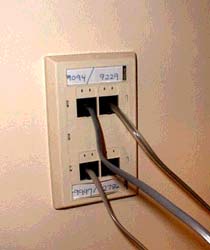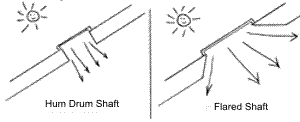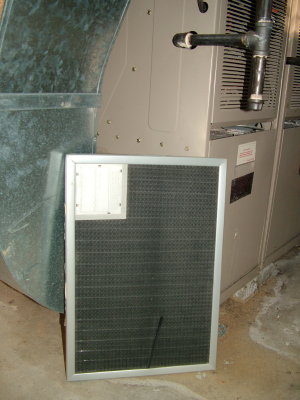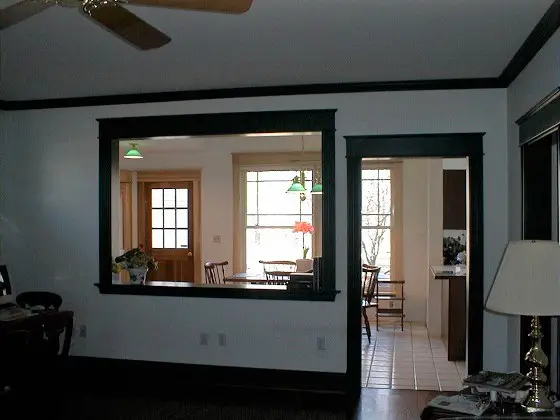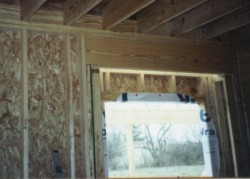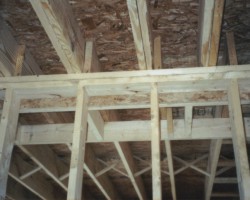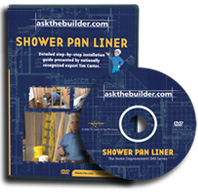
1. Are you positive you can create a leak-proof ceramic tile shower?
Yes
No
2. Do you want your spouse to talk to you after the liner is installed?
Heck Yes!
She Stopped Talking to Me Years Ago!
3. Do you really know the best liner and drain fitting to use?
Yes
No
4. Do you know how to avoid bulges at the inside corners?
Yes
No
If you answered No in two or more of the questions above, you need my Shower Pan Liner DVD.
"Your instructions are so thorough it is amazing. You account for every question & issue possible. One can't fail following your instructions. Thanks so much!"
"We own both of your DVD's on Shower Liners. Thank you so much for making such a wonderful and clear DVD. It's out first house and we are very excited to be putting your concepts to work."
Minutes after watching this DVD you will be getting out your tools and unrolling your CPE liner membrane getting ready for your first cut. Your in-laws, spouse, friends, neighbors and co-workers will be amazed at your newfangled master ceramic tile skills.
This DVD was shot with High Definition television equipment by a professional film and video company. It is fast-paced and will show you step-by-step how I install a CPE shower pan liner in a standard shower stall with a seat. If you are considering another DVD product, be sure it is shot with high-definition camera equipment. It makes all the difference in the world.
Let me Teach You How I Install a Shower Pan Liner
$19.97 plus $5.25 S+H
Click Here to Order the DVD!
My action-packed DVD is totally interactive and covers the following topics:
- Required Tools and Safety
- Different Liner Materials and My Favorite Liner Material
- Framing Tips for the Wood Stud Walls
- Creating the Sloped Sub-Base Under the Liner
- Positioning the Liner
- Forming Inside Corners
- Forming and Sealing Outside Corners
- Poper Solvent-Welding Techniques
- Selecting the CORRECT Drain Fitting
- CAREFULLY Cutting the CPE Liner to Fit the Drain Fitting

Shipping and Handling Info: The DVD is shipped Priority Mail with the US Postal Service. We have been getting superb 3-day service to the West Coast and 2-day service to the East Coast. Orders received by 4:00 p.m. Eastern Time ship the same business day!
Return Policy: This product has a money-back guarantee. Please read our Return Policy here.
Click Here to Order the DVD!
